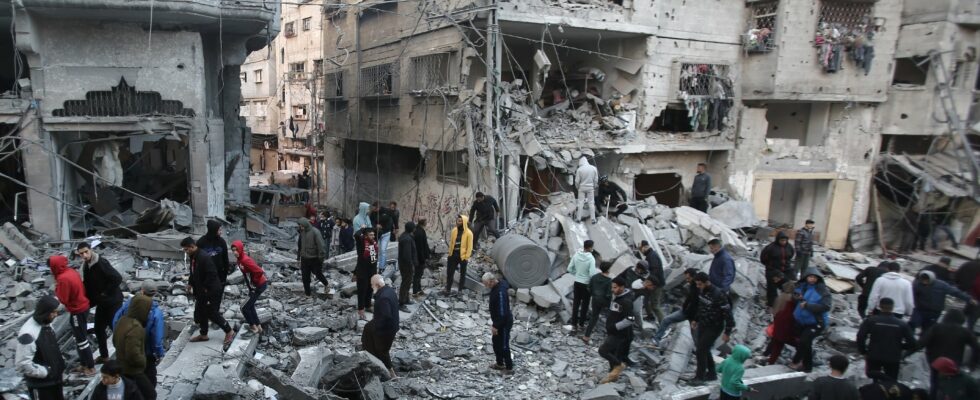Less than 24 hours after the announcement of a ceasefire between Hezbollah and Israel, thousands of Lebanese displaced by the fighting began to return to their regions, particularly in the south. The agreement sponsored by Washington and Paris provides for a gradual withdrawal of the Israeli army within 60 days from southern Lebanon, and a retreat of Hezbollah towards areas north of the Litani River. Only the Lebanese army and UN peacekeepers can be stationed beyond the river. Hezbollah announced this Wednesday, November 27, that it would cooperate with the Lebanese state to strengthen the deployment of the army in the south of the country.
On the ground, the situation nevertheless remains fragile: Israel and the Lebanese army have both advised the population against returning to the southern regions, where Israeli troops still keep certain positions, while the IDF has announced a restriction, in the night ahead, population movements in the area.
“Open the door to a truce in Gaza”
Could this truce in Lebanon be a harbinger of a resolution to the conflict, this time on the Gaza front? Joe Biden welcomed the ceasefire announcement and declared that “in the days to come, the United States will again lead an effort with Turkey, Egypt, Qatar, Israel and other countries to achieve a ceasefire in Gaza, the release of hostages and an end to the war without Hamas in power.
“This agreement must open the way to a long-awaited ceasefire in the face of the incommensurable suffering of the population of Gaza,” said President Emmanuel Macron. On Wednesday, a senior Hamas official welcomed the agreement between Lebanon and Israel and said his movement was “ready” for a truce with the IDF in the Gaza Strip, with Qatar also hoping for a “similar agreement” to Lebanon’s after 13 months of conflict.
“Intensify pressure on Hamas”
But for his part, Israeli Prime Minister Benjamin Netanyahu says he sees the truce in Lebanon as an opportunity for Israel to “focus on the Iranian threat”, and to “intensify” its pressure on Palestinian Hamas, against which it is leading a deadly offensive in the Gaza Strip in retaliation for its unprecedented attack on Israeli soil on October 7, 2023.
A ceasefire with Gaza could therefore only come about after the “conquest of the territory and the destruction of Hamas”, analyzes Amir Avivi, founder of the think tank Forum for the Defense and Security of Israel (IDSF). “The Israeli army will be able to send more units back to Gaza,” says Amir Avivi, also a former soldier, who believes that this could put Hamas in difficulty on the ground, and like several analysts, make it more likely to reach an agreement with Israel.
As for the dramatic humanitarian situation in the Palestinian territory, it will “get worse” according to Mairav Zonszein, Israel specialist for the International Crisis Group (ICG), who recalls that Bezalel Smotrich, Israeli Finance Minister and far-right figure , recently advocated “encouraging” half the population of the Gaza Strip to leave.
